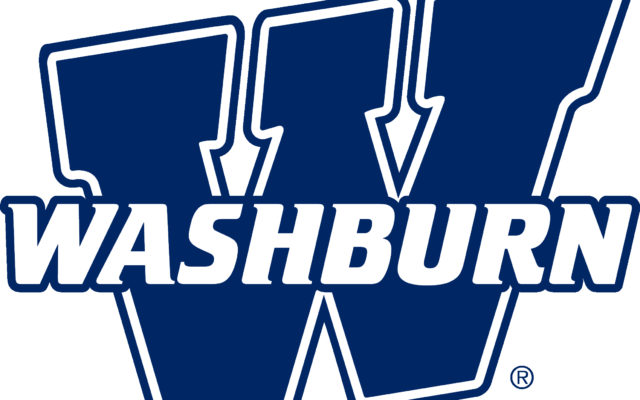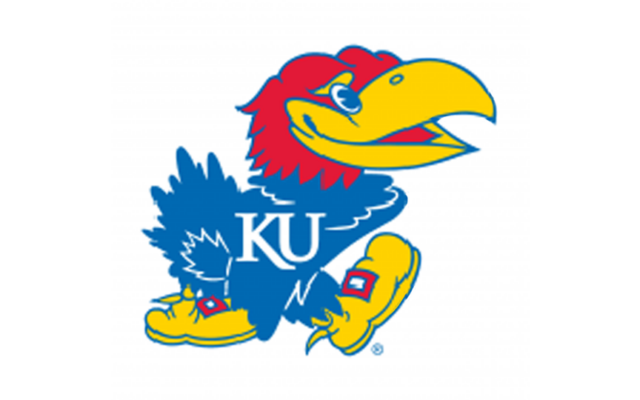BD’s Blog: Take a big swing, Brett Veach

Terry McLaurin is one of the best young receivers in the NFL, putting up strong numbers over the past three years despite mediocre (at best) quarterback play. His presence would improve any offense in the league.
Robert Quinn, entering his age-32 season, is coming off the best year of his career. A year in which he set the Chicago Bears’ single-season record for sacks with 18.5. Yes, a team with a CVS receipt-like list of legendary defenders and none of them have more sacks in a season than Robert Quinn. He’s older but would instantly help a defense, especially one that’s currently lacking a strong presence on the edge.
Both McLaurin and Quinn are AWOL from their respective mandatory minicamps this week, with the Washington receiver seeking a big pay day before starting the last year of his rookie deal and the Chicago edge rusher waiting out trade rumors in the wake of the Bears’ defensive teardown.
A talented, young wide receiver and a bona fide edge rusher? Two positions that the Kansas City Chiefs could certainly upgrade before the 2022 season begins?
Let’s see what you’ve got, Brett Veach.
There’s no guarantee either McLaurin or Quinn will actually be on the market, but it would behoove Kansas City’s general manager to force the issue as much as possible. The Chiefs are already legitimate Super Bowl contenders, but when you have a chance, even just a potential chance, to improve a roster and inch even closer to that ultimate goal, why wouldn’t you take advantage of the moment and go for it?
The Chiefs’ wide receivers group is fine, and if you trust reports about how good Marquez Valdes-Scantling has looked then it may be even better than it appears on paper. However, by adding a piece like McLaurin, you would end up in a position where Skyy Moore, a second-round pick and highly touted weapon, could be either your fourth or even fifth option in the passing game, not even including the tight ends (Travis Kelce may have something to say about the No. 1 spot).
Seems like a pretty easy decision to add more help there.
Again, it’s entirely possible McLaurin never reaches the market, and the Chiefs would have to pay him big money in order to sign him long term. But the cap is seemingly endlessly flexible, and this is a prime spot for Veach to take a big swing. The right offer may be able to sway Washington, so give it a shot. It’s a move that has no downside if the Commanders keep him with all the upside in the world for the Chiefs offense if they could add him.
Quinn is likely the easier piece to grab, given his age, his apparent desire to leave Chicago and the Bears’ current rebuilding plans. The biggest snag, far more so than the cap, is age.
He’ll be 32 this year, and Veach has made it clear this offseason that he’s only interested in bringing young players onto the Chiefs’ roster. Melvin Ingram, at a position of major need, was allowed to walk away. Other edge rusher free agents, including Jadeveon Clowney, were never even on Kansas City’s radar. Even in the draft, Veach made a concerted effort not to take older prospects.
It makes sense that the Chiefs want to build with youth, assembling a roster that can both win now and grow into a behemoth in the future.
That said, choosing to side with your youth movement over adding a piece that could get you closer to a Super Bowl this season doesn’t make much sense.
Monetarily speaking, Quinn’s contract isn’t a massive deal. Per Spotrac, his cap hit is $17.1 MM this year while the Chiefs currently have over $14 MM in cap space. If the Bears took on any money at all it would be no struggle whatsoever, but even without that Kansas City could easily move money around to make that number fit.
You don’t even need to commit to the three-time Pro Bowler for the long term. Yes, there’s three years left on his contract (including 2022), but a team would save nearly $10 MM against the cap if they cut him after this year, and if you release him after 2023 you’d reap $13 MM in savings. This is close to a year-by-year agreement at this point, especially for a team that can handle money even reasonably well.
And, to be fair, it’s understandable why someone wouldn’t want to invest in Quinn long term. Those 18.5 sacks a season ago were impressive, but he had a career-worst two sacks in 15 games just a year prior. Going back even further you can see even more undulation in Quinn’s production, going from 6.5 sacks in 2018 to 11.5 in 2019, followed by the aforementioned last two seasons. Even more importantly than that, his number of quarterback pressures have mimicked the same trend.
Guys on the back side of 30 don’t usually develop more consistency, and there’s a reasonable chance that Quinn regresses in 2022. But let’s halve his production and project that he only records nine sacks this upcoming season. That would still be more than Frank Clark has tallied in a single season since arriving.
Adding Quinn would transform the Chiefs’ rotation at edge rusher, at least in the top three spots, from Clark, George Karlaftis and Mike Danna to Quinn, Clark and Karlaftis.
Looking at it that way, it should be a no-brainer that trading for Quinn would make the Chiefs better instantly. There’s a lot to like about Karlaftis, the rookie out of Purdue, but there’s even more to like if you don’t have to heap massive responsibility on him while also diminishing what Danna and Joshua Kaindoh have to do.
The Chiefs might not be able to offer the best package in a trade for either McLaurin or Quinn, and maybe they’ll never get a legitimate chance to make an offer anyway. But at this stage of the offseason, with training camp fast approaching and the build to a Super Bowl run coming into focus, improving this roster any way you can should be of paramount importance.
And there’s no better way to do that than by trying to add one of the league most dynamic weapons on offense or a quality option at the biggest position of need on defense. Even if you can’t get a deal done, don’t go down without at least trying to go for the big score.



